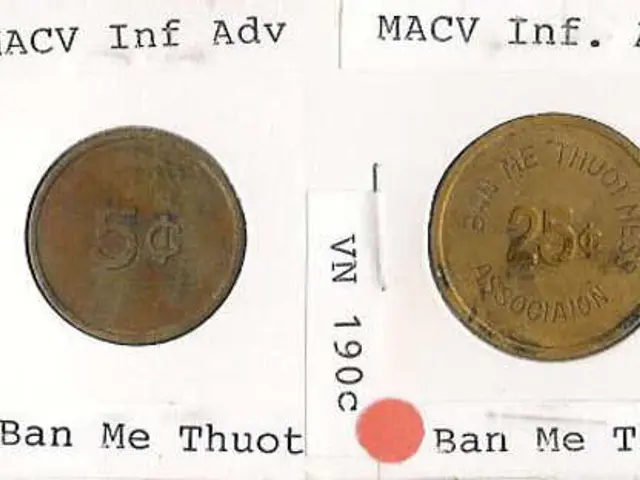Semiconductor Prices Surge on AI Demand, Supply Constraints
The semiconductor industry is witnessing a significant price surge, driven by AI infrastructure expansion and supply constraints. This trend is set to continue into the final quarter of the year, with flash makers holding more pricing power than usual.
SanDisk has announced a planned 10% increase in NAND prices for September. This move comes as AI is reshaping iCloud storage, giving flash makers more leverage in negotiations. Phison, a controller specialist, has seen a 23% year-over-year revenue increase, thanks to non-consumer demand and closer ties with NAND manufacturers.
High-stack 3D NAND products are in high demand, with cloud service providers aggressively procuring them. This increased demand from hyperscalers could trickle down to higher retail pricing for SSDs and DRAM. Micron has temporarily halted DRAM and NAND price quotations due to allocation reassessments. Contract prices for NAND and DRAM are estimated to increase by 15-20% in the fourth quarter of 2025.
Looking ahead, Samsung plans to release its seventh generation Z-NAND PCIe 6.0 SSD PM1763 in early 2026, targeting servers and data centers. However, no contractual commitments for this next generation have been publicly disclosed. Hyperscalers are accelerating plans for QLC SSD deployments in 2026 due to nearline HDD shortages. Samsung's next-gen V9 NAND for 2026 is nearly sold out, with cloud customers securing capacity early.
The AI-driven demand surge and supply tightness are set to keep semiconductor prices elevated. While specific contractual commitments for Samsung's next-gen NAND remain unknown, the industry is preparing for significant changes in 2026, with hyperscalers leading the way.
Read also:
- Web3 social arcade extends Pixelverse's tap-to-earn feature beyond Telegram to Base and Farcaster platforms.
- Specialist Banks Top AUTOHAUS Bankenmonitor 2025 in Customer Satisfaction
- Ford Pro Launches Customized Fleet Telematics and Dashboard Cameras
- CFS to Build First US Commercial Nuclear Fusion Plant by 2035








